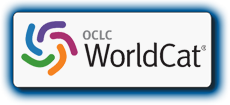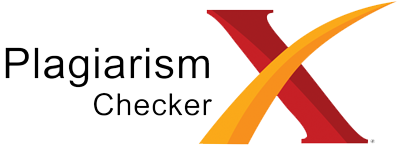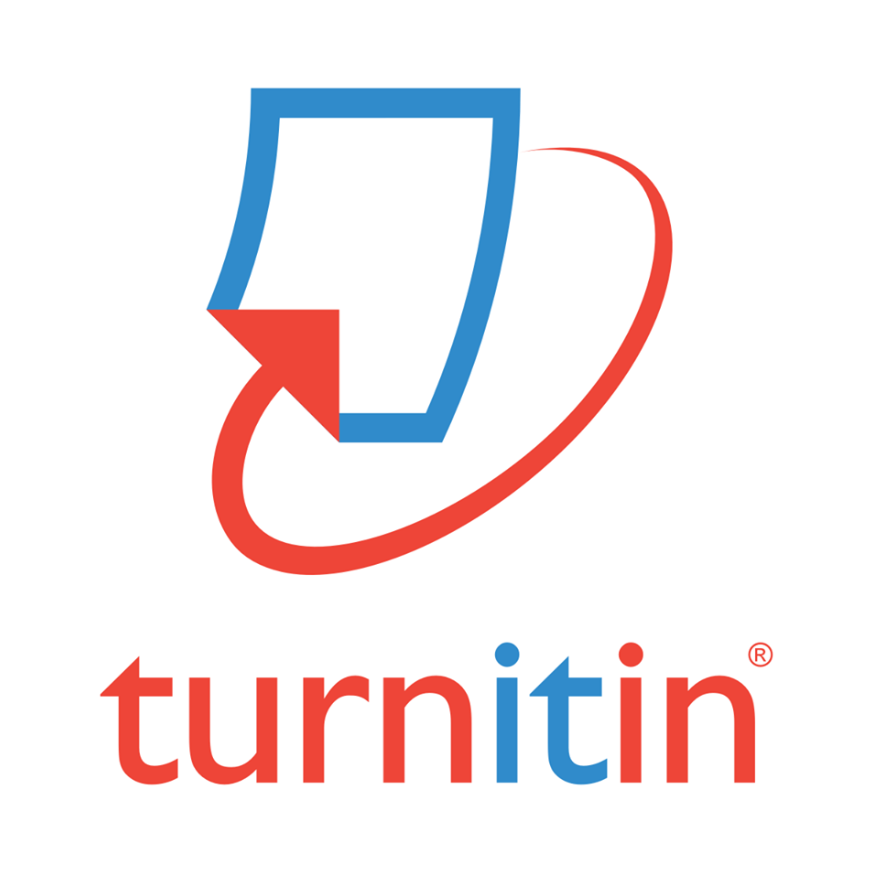The Effects of Flipped Classroom Model with Heutagogy and Self-Efficacy Approach to Higher-Order Thinking Skills
Abstract
Abstrak: Tujuan dari penelitian ini adalah untuk mengetahui pengaruh penerapan flliped classroom berbasis heutagogy dan self efficacy terhadap ketrampilan berpikir tinggi/High Order Thinking Skills ( HOTS) terhadap mahasiswa PAK Semester V pada mata kuliah perencanaan Pembelajaran. Metode penelitian yang digunakan adalah kuasi eksperimen ( Quasi Esperimental Design) dengan desain factorial dua kali dua. Sampel berjumlah 48 mahasiswa, terdiri atas kelompok eksperimen dan control. Instrumen penelitian berupa angket untuk mengukur self efficacy dan tes untuk mengukur ketrampilan berpikir tinggi. Analisis data menggunakan ANOVA dua jalur Dan semua uji asumsi parametric dilakukan pada nilai signifikansi 5%. Hasil penelitian 1) ada perbedaan hasil belajar HOTS antar kelompok mahasiswa dengan pendekatan Heutagogy dan mahasiswa dengan pendekatan andragogy, 2) ada perbedaan hasil belajar HOTS antara kelompok mahasiswa berdasarkan tingkat self efficacy, 3) tidak ada interaksi antara Flipped Classroom dengan pendekatan Heutagogy dan self efficacy terhadap hasil belajar HOTS.
Abstract: This study aimed to determine the effects of the application of heutagogy-based flipped classroom and self-efficacy on Higher-Order Thinking Skills (HOTS) for PAK Semester V students in the lesson planning course. The research method used was a quasi-experimental design with a two-by-two factorial design. The sample consisted of 48 students, consisting of the experimental and control groups. The research instrument was a questionnaire to measure self-efficacy and a test to measure higher thinking skills. Data analysis used two-way ANOVA, and all parametric assumption tests were performed at a significance value of 5%. The results of the study showed 1) there were differences in HOTS learning outcomes between groups of students with the heutagogy approach and students with andragogy approaches, 2) there were differences in HOTS learning outcomes between groups of students based on the level of self-efficacy, and 3) there was no interaction between Flipped Classroom with the heutagogy approach and self-efficacy on HOTS learning outcomes.
Keywords
Full Text:
PDFReferences
Adhitiya, E. N., Prabowo, A., & Arifudin, R. (2015). Studi Komparasi Model Pembelajaran Traditional Flipped Dengan Peer Instruction Flipped Terhadap Kemampuan Pemecahan Masalah. Unnes Journal of Mathematics Education, 4(2), 116–126. https://doi.org/10.15294/ujme.v4i2.7451
Arnawa, I. N., & Setiawan, I. M. D. (2021). Pengaruh Flipped Classroom Berbantuan Google Classroom Terhadap Hasil Belajar Matematika Berdasarkan Tingkat Computer Self-Efficacy. Jurnal Penelitian Dan Pengembangan Pendidikan, 5(1), 34–42. https://doi.org/10.23887/jppp.v5i1.29737
Berg-, J., & Sams, A. (2017). Jonathan Bergmann and Aaron Sams , Flipped Learning : Gateway to Student Engagement , International Society for Technology in Education : Eugene , Oregon and Washington , DC , 2014 ; 169 pp .: ISBN 978-1-56484-344-9. 7(Chapter 12), 173–176.
Blaschke, L. M., & Hase, S. (2016). Heutagogy: A Holistic Framework for Creating Twenty-First-Century Self-determined Learners. In Lecture Notes in Educational Technology (Issue 9783662477236). https://doi.org/10.1007/978-3-662-47724-3_2
Booth, M., Blaschke, L. M., & Hase, S. (2017). Practicing the Practice: The Heutagogy Community of Practice. In Implementing Communities of Practice in Higher Education. https://doi.org/10.1007/978-981-10-2866-3_24
Cliffs, E., & Hall, J. (1991). Social Cognitive Theory of Self-Regulation. 38, 248–287.
David R. Krathwohl, Lorin W. Anderson., E. a. (2021). A Taxonomy For Learning Teaching and Assesing, A revision of Bloom’ Taxonomy of educational Objectives.
Degeng, N. S. (2006). Ilmu pengajaran taksonomi variable /I Nyoman Sudana Degeng. Jakarta :: Departemen Pendidikan dan Kebudayaan, Direktorat Jenderal Pendidikan Tinggi, Proyek Pengembangan Lembaga Pendidikan Tenaga Kependidikan.
Enfield, J. (2013). Looking at the Impact of the Flipped Classroom Model of Instruction on Undergraduate Multimedia Students at CSUN. TechTrends, 57(6), 14–27. https://doi.org/10.1007/s11528-013-0698-1
Handayani, S. M., Yeigh, T., Jacka, L., & Peddell, L. (2021). Developing a heutagogy approach to promoting teacher competencies in Indonesia. Cypriot Journal of Educational Sciences, 16(3). https://doi.org/10.18844/CJES.V16I3.5765
Hasanudin, C., Supriyanto, R. T., & Pristiwati, R. (2020). Elaborasi Model Pembelajaran Flipped Classroom dan Google Classroom sebagai Bentuk Self-Development Siswa Mengikuti Pembelajaran Bahasa Indonesia di Era Adaptasi Kebiasaan Baru (AKB). Jurnal Intelegensia, 8(2), 85–97. https://doi.org/10.34001/intelegensia.v8i2.1414
Hase, S., & Kenyon, C. (2003). Heutagogy and developing capable people and capable workplaces : strategies for dealing with complexity. Proceedings of The Changing Face of Work and Learning Conference.
Hutagalung, D. D. (2016). The Corelation Between Self Efficacy And Motivation Learning With Mathematics Learning Outcomes Students Class XI IPS SMA Negeri 5 BATAM Academic Year 2013/2014. Jurnal Mercumatika, 1(1). https://doi.org/10.26486/mercumatika.v1i1.187
Kurniawati, M., Santanapurba, H., & Kusumawati, E. (2019). Penerapan Blended Learning Menggunakan Model Flipped Classroom Berbantuan Google Classroom Dalam Pembelajaran Matematika Smp. EDU-MAT: Jurnal Pendidikan Matematika, 7(1), 8–19. https://doi.org/10.20527/edumat.v7i1.6827
Mary BethGilboy, R., & ScottHeinerichsEdD, ATC2GinaPazzagliaPhD, R. (2015). Enhancing Student Engagement Using the Flipped Classroom. Journal of Nutrition Education and Behavior, Volume 47,(Issue 1), 109–114. https://10.1016/j.jneb.2014.08.008
Moore, J. L., Dickson-Deane, C., & Galyen, K. (2011). E-Learning, online learning, and distance learning environments: Are they the same? Internet and Higher Education. https://doi.org/10.1016/j.iheduc.2010.10.001
Permendikbud. (2018). Permendikbud RI No 20 Tahun 2018 tentang Penguatan Pendidikan Karakter pada Satuan Pendidikan Formal. Permendikbud Nomor 20 Tahun 2018 Tentang Penguatan Pendidikan Karakter Pada Satuan Pendidikan Formal, 8–12. https://jdih.kemdikbud.go.id/arsip/Permendikbud_Tahun2018_Nomor20.pdf
Sariningsih, R., & Purwasih, R. (2017). Pembelajaran problem based learning untuk meningkatkan kemampuan pemecahan masalah matematis dan self efficacy mahasiswa calon guru. JNPM (Jurnal Nasional Pendidikan Matematika), 1(1), 163-177. http://dx.doi.org/10.33603/jnpm.v1i1.275
Rumiati, S. W. (2011). Instrumen Penilaian Hasil Belajar Matematika SMP : Belajar dari PISA dan TIMSS. Yogyakarta: Pusat Pengembangan Dan Pemberdayaan Pendidik Dan Tenaga Kependidikan (PPPPTK) Matematika, 55.
Setyosari, P. (2010). Metode Penelitian dan Pengembangan. Jakarta: kencana.
Sulistya, R. (2019). Heutagogi Sebagai Pendekatan Pelatihan Bagi Guru Di Era Revolusi Industri 4.0. Jurnal Pendidikan Dan Kebudayaan, 4(2), 127. https://doi.org/10.24832/jpnk.v4i2.1222
Suo, J., & Hou, X. (2017). A Study on the Motivational Strategies in College English Flipped Classroom. English Language Teaching, 10(5), 62. https://doi.org/10.5539/elt.v10n5p62
Tarumasely, Y. (2021). Pengaruh Self Regulated Learning dan Self Efficacy terhadap Prestasi Akademik Mahasiswa. Jurnal Pendidikan Edutama, 8(1), 71. https://doi.org/10.30734/jpe.v8i1.1359
Torfi, J., Nateghi, F., & Jalalvandi, M. (2020). Study of the position of Pedagogy, andragogy and heutagogy educational Approaches in high school teacher’s professional development. Journal of School Administration.
Trizi Gapiriana, Prasetya ningsih, D. I. S. (2022). Pengembangan Instrumen Tes Esai Berbasis Higher Order Thinking Skills (HOTS) Tema Gelombang dan Bencana untuk Menumbuhkan Kemampuan Berpikir Kritis. 3(1), 87-. http://dx.doi.org/10.20527/quantum.v13i1.11701
Wismaningrum, Y. dwi R., Prayitno, H. J., & Supriyanto, E. (2021). Heutagogy Approach: The Implementation of New Normal Era Learning. Proceedings of the 5th Progressive and Fun Education International Conference (PFEIC 2020), 479. https://doi.org/10.2991/assehr.k.201015.029
DOI: http://dx.doi.org/10.17977/um039v7i22022p144
Refbacks
- There are currently no refbacks.
Copyright (c) 2022 YOWELNA Elna TARUMASELY

This work is licensed under a Creative Commons Attribution-ShareAlike 4.0 International License.
Edcomtech: Jurnal Kajian Teknologi Pendidikan published by Department of Educational Technology, Faculty of Education, State University of Malang in Collaboration with Asosiasi Program Studi Teknologi Pendidikan Indonesia (APS TPI) and Ikatan Profesi Teknologi Pendidikan Indonesia (IPTPI) with MoU.
Publisher Address:
Lab. Teknologi Pendidikan, Gd.E2, Lt.1
Fakultas Ilmu Pendidikan Universitas Negeri Malang
Jalan Semarang No 5, Kota Malang Kode Pos 65145
Email: edcomtech.fip@um.ac.id
========================================================================================================
| INDEXED BY | TOOLS | PLAGIARISM CHECK | ARTICLE TEMPLATE |
|

Edcomtech is licensed under a Creative Commons Attribution-ShareAlike 4.0 International License.
Edcomtech Statistics (Since July 13th, 2020)


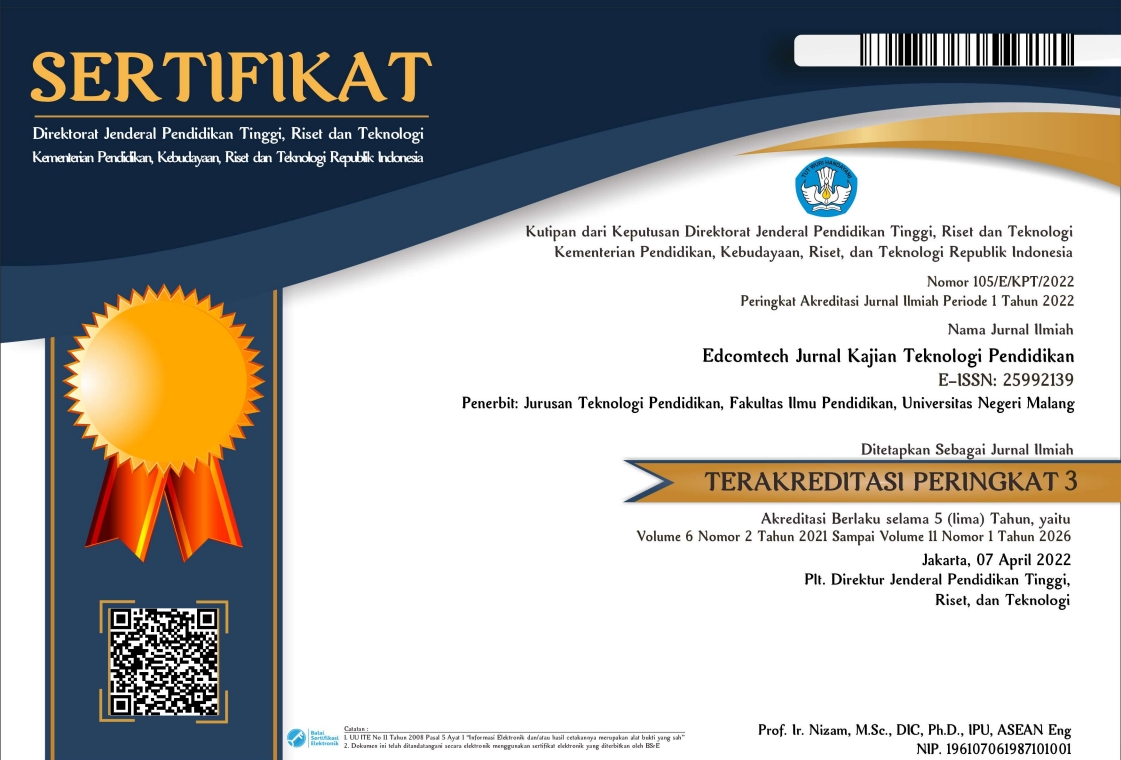
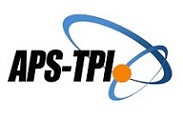


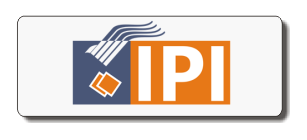

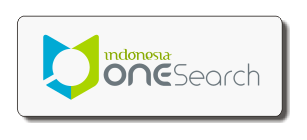



1.png)
